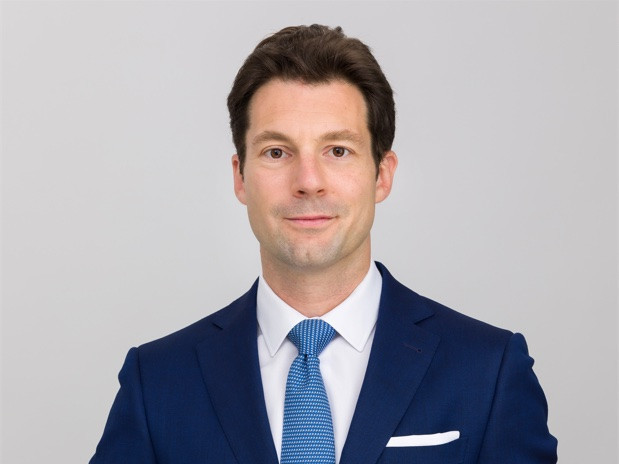Chunky volumes of investor capital sit in private equity, but the investment environment of 2022 is a very different beast, says Jacques Graas, partner at the international law firm Allen & Overy. “The money’s raised, the funds have a mandate, but the industry needs to rethink its fundamentals.”
Debt
The time-tested package of equity topped with mountains of cheap leveraged debt is under threat from 2022’s creeping interest rates. “Debt is more expensive, so we’re going to see different packages, either with lower leverage or--when the bank steps out all together--the participation of more private debt.” Existing debt packages are not safe either. “The terms and conditions of the original debt package will be put to the test in refinancings. Those that haven’t got a watertight deal will face higher costs.”
Exits and deal duration
Higher costs also apply to exits. With global equity markets in flux, private equity owners are forced to play the waiting game before floating a stake. “An initial public offering is expensive, with a complex legal process and a prospectus. This is only justified if investors can get financial upside.” Many private equity houses will be pursuing dual-track processes of IPO and other exit options such as M&A or secondary sale while waiting for the right market moment.
Uncertainty around exits means longer investment duration. “A typical private equity fund will have a two-to-three-year investment period, hold the assets for five years and perhaps another few years of extension. But with the market constraints already mentioned, they may now need a longer period of time to realise the asset value,” says Graas.
Supply chain and ESG considerations
Companies once thought of as attractive by private equity are also shape-shifting. “We were once in a globalised world. Now we’re not,” says Graas. The covid-19 pandemic and Russia’s invasion of Ukraine have increased supply chain and geopolitical risk. For private equity, this means examining different business fundamentals when buying. “Factors need to be taken into consideration that simply weren’t part of the due diligence process before. One of these is supply chain.”
The same applies to ESG. “It’s always been part of due diligence for some private equity investors, but in recent years investors are really understanding that good ESG means good financial returns.”
The entry of retail investors
Internal rates of return of up to 20% mean that high net worth individuals are increasingly eyeing private equity funds--and feeder funds are in place to gather and channel this money. “Many private banks are offering these products now,” he says. “This may mean private equity needs to rethink its fee model.” Current high investor fees charged by private equity are targeted at the institutional investor market, not the retail market.
Despite the changing requirements, there has never been so much money chasing private equity. “The asset class is very much here to stay,” says Graas.
